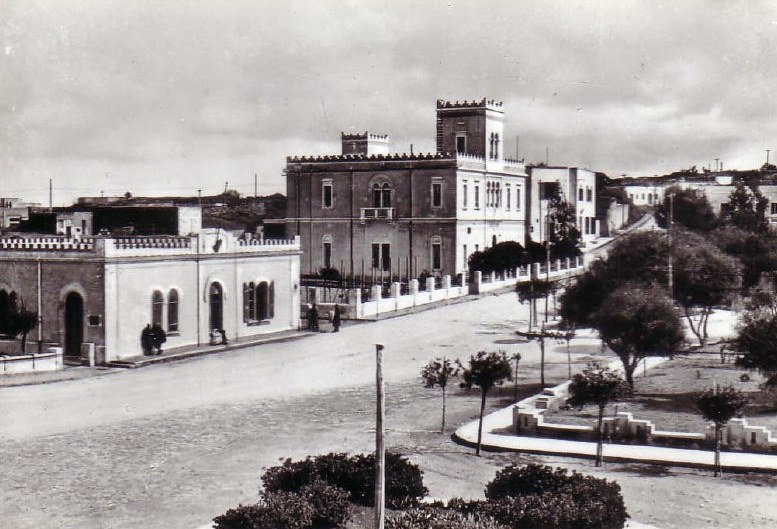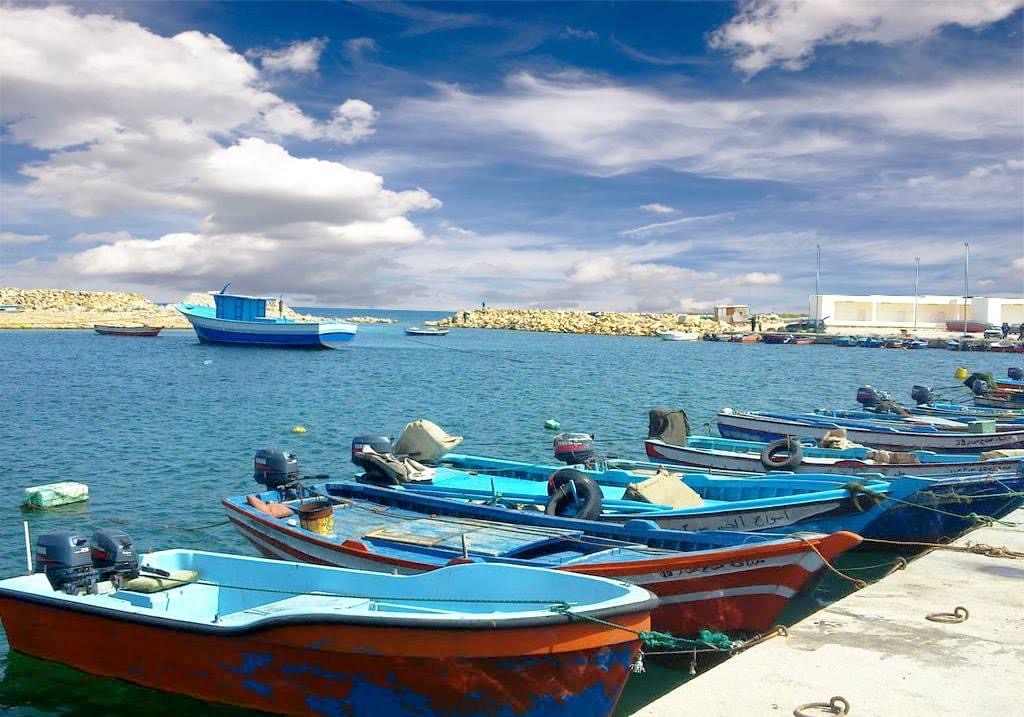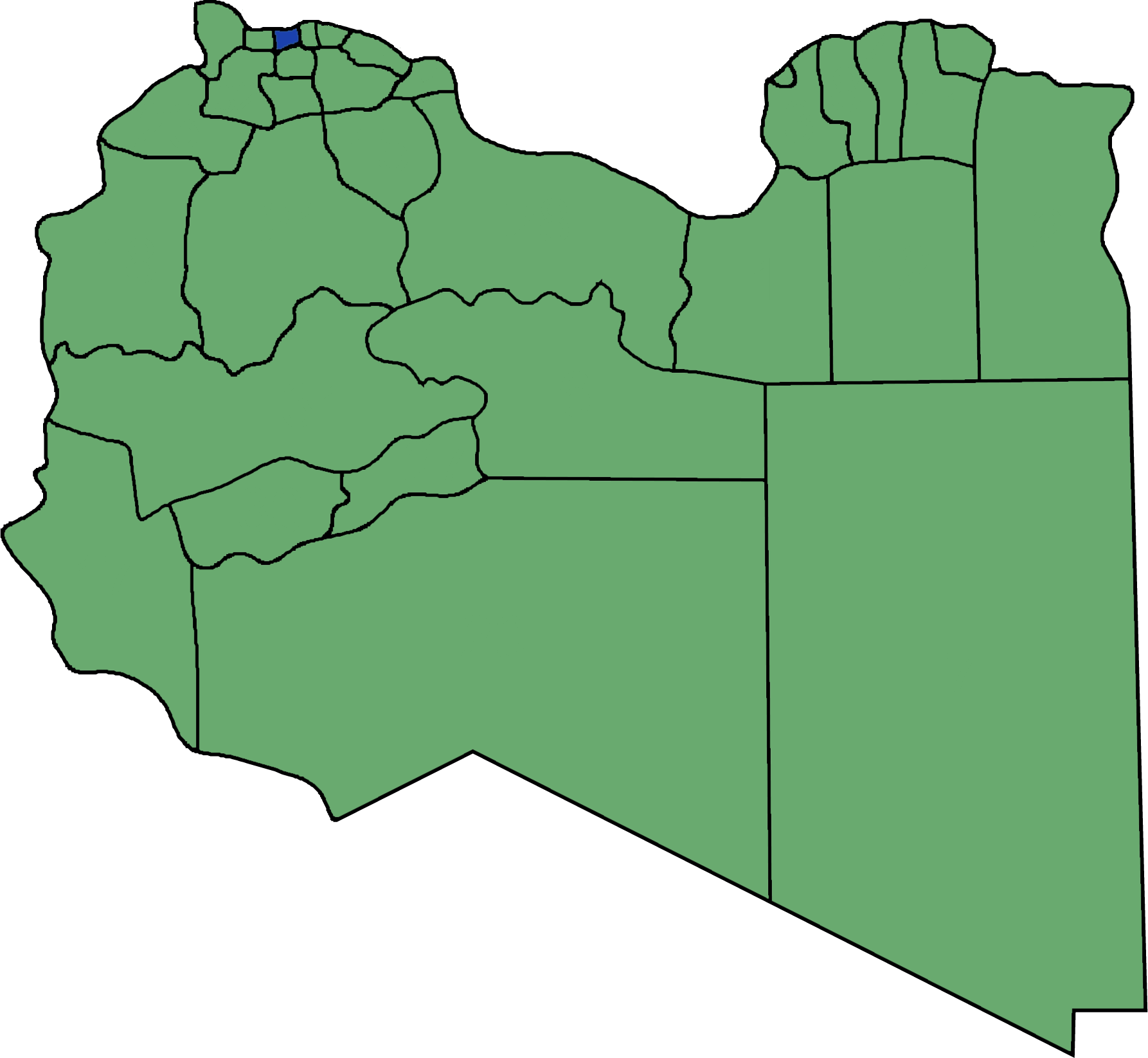|
Yafran District
Yafran or Yifren ( ar, يفرن) is one of the districts of Libya (''baladiyat''). It is located in the northwest part of the country and its capital is Yafran. Between the 2007 reorganization of districts and the 2013 reorganization, most of its territory was part of Jabal al Gharbi District, although the southwestern part was in Nalut District. In 2013, its territory was placed in Nafusa Mountains District. However, by 2015 it had been restored as a district. Boundaries * From 2001 to 2007, Yafran bordered the following districts: ** Sabratha wa Sorman - north; ** Zawiya - northeast, at a quadripoint; **Jafara - northeast; ** Gharyan - east; ** Mizda - southeast; **Nalut - southwest; and ** Nuqat al Khams - northwest. *There is not accord on the boundaries of Yafran District between 1995 and 2001. * From 1983 to 1995, Yafran bordered the following districts: ** Nuqat al Khams - northwest; ** Zawiya - north; ** Gharyan - east and south; and **Ghadames Ghadames or Ghada ... [...More Info...] [...Related Items...] OR: [Wikipedia] [Google] [Baidu] |
Districts Of Libya
In Libya there are currently 106 districts, second level administrative subdivisions known in Arabic as ''baladiyat'' (singular ''baladiyah''). The number has varied since 2013 between 99 and 108. The first level administrative divisions in Libya are currently the governorates (''muhafazat''), which have yet to be formally deliniated, but which were originally tripartite as: Tripolitania in the northwest, Cyrenaica in the east, and Fezzan in the southwest; and later divided into ten governorates. Prior to 2013 there were twenty-two first level administrative subdivisions known by the term ''shabiyah'' (Arabic singular ''šaʿbiyya'', plural ''šaʿbiyyāt'') which constituted the districts of Libya. In the 1990s the shabiyat had replaced an older baladiyat system. Historically the area of Libya was considered three provinces (or states), Tripolitania in the northwest, Cyrenaica in the east, and Fezzan in the southwest. It was the conquest by Italy in the Italo-Turkish War ... [...More Info...] [...Related Items...] OR: [Wikipedia] [Google] [Baidu] |
Yafran
Yafran ( Berber: ⵢⴼⵔⴰⵏ ''Ifran'', ar, يفرن, links=https://www.temehu.com/Cities_sites/Yefren.htm ', it, Iefren), also spelled ''Jefren'', ''Yefren'', ''Yifran'', ''Yifrin'' or ''Ifrane'', is a city in northwestern Libya, in the Jabal al Gharbi District in the western Nafusa Mountains. Before 2007, Yafran was the administrative seat of the Yafran District. Libyan civil war Yafran people, as in other cities of Libya, have demonstrated against Gaddafi. Subsequently, Yafran was exposed to bombardment and siege by Gaddafi forces. As of May 2011, Gaddafi's forces had shut down the water system and blocked food supplies and held the western part of the town with some 500 rebels in the eastern section of Yafran still resisting. Yafran fell to Gaddafi's forces sometime in late May or early June. The centre of the town was used as a position for "government tanks, artillery guns and snipers". On 2 June, rebel forces retook the city center and started to clear the area of ... [...More Info...] [...Related Items...] OR: [Wikipedia] [Google] [Baidu] |
Jabal Al Gharbi District
Jabal al Gharbi or The Western Mountain ( ar, الجبل الغربي ''Al Ǧabal al Gharbi'', en, The Western Mountains) is one of the districts of Libya. It is named after the Nafusa Mountains. It was formed in 2007 from the former districts of Yafran, Gharyan and Mizda. From 1995 to 1998 Jabal al Gharbi also existed as a ''Baladiyah''. Jabal al Gharbi borders Sirte and Misrata to the east, Murqub to the northeast, Jafara and Zawiya to the north, Nuqat al Khams to the northwest, Nalut to the west, Tripoli to the north, Wadi al Shatii to the south and Jufra to the southeast. Per the census of 2012, the total population in the region was 157,747 with 150,353 Libyans. The average size of the household in the country was 6.9, while the average household size of non-Libyans being 3.7. There were totally 22,713 households in the district, with 20,907 Libyan ones. The population density of the district was 1.86 persons per km2. Per 2006 census, there were totally 104,584 econo ... [...More Info...] [...Related Items...] OR: [Wikipedia] [Google] [Baidu] |
Nalut District
Nalut ( ar, نالوت ''Nālūt'', ber, Nalut ''Lalūt'') is one of the districts of Libya. Its capital is the city of Nalut. The second most notable city is Ghadames. To the north and west, Nalut district borders Tunisia (Medenine and Tataouine Governatorates) and Algeria. Domestically, it borders Nuqat al Khams - northeast, Jabal al Gharbi in the east and Wadi al Shatii in south. In 2007, Nalut District was enlarged to include the Ghadames District, while the eastern part of former Nalut was moved to Jabal al Gharbi. Per the census of 2012, the total population in the region was 157,747 and the average size of the household in the country was 6.9. There were totally 22,713 households in the district, with 20,907 Libyan ones. The population density of the district was 1.86 persons per sq. km. Geography Nalut District is located in the north western part of Libya, called Tripolitania. Most of the country has a flat undulating plain and occasional plateau, with an average el ... [...More Info...] [...Related Items...] OR: [Wikipedia] [Google] [Baidu] |
Nafusa Mountains District
The Nafusa Mountains ( Berber: ''Adrar n Infusen'' (Nafusa Mountain), ar, جبل نفوسة (Western mountain)) are a mountain range in the western Tripolitania region of northwestern Libya. It also includes their regions around the escarpment formed where the northern end of the Tripolitanian Plateau meets the Mediterranean coastal plain or the ''Jefara''. History The area was a major population and cultural center of the Libu, who repeatedly expanded west. The Nafusa Mountains shelters most of Libya's Berber-speaking population, who speak Nafusi Berber. Ibadi imamate In the aftermath of the great Berber Revolt of the 8th century, Ibadi missionaries that had fled from the Umayyad Caliphate took refuge in the Nafusa Mountains. Preachers converted and organized the native Nafusa people into a fighting force. Under the leadership of Imam Abu al-Khattab al-Ma'afari, the Nafusa descended from the mountains and proceeded to conquer all of the crumbling Fihrid emirate of Ifriqiya ... [...More Info...] [...Related Items...] OR: [Wikipedia] [Google] [Baidu] |
Districts Of Libya
In Libya there are currently 106 districts, second level administrative subdivisions known in Arabic as ''baladiyat'' (singular ''baladiyah''). The number has varied since 2013 between 99 and 108. The first level administrative divisions in Libya are currently the governorates (''muhafazat''), which have yet to be formally deliniated, but which were originally tripartite as: Tripolitania in the northwest, Cyrenaica in the east, and Fezzan in the southwest; and later divided into ten governorates. Prior to 2013 there were twenty-two first level administrative subdivisions known by the term ''shabiyah'' (Arabic singular ''šaʿbiyya'', plural ''šaʿbiyyāt'') which constituted the districts of Libya. In the 1990s the shabiyat had replaced an older baladiyat system. Historically the area of Libya was considered three provinces (or states), Tripolitania in the northwest, Cyrenaica in the east, and Fezzan in the southwest. It was the conquest by Italy in the Italo-Turkish War ... [...More Info...] [...Related Items...] OR: [Wikipedia] [Google] [Baidu] |
Sabratha Wa Sorman
Sabratha wa Surman (Sabratha and Surman) was one of the districts of Libya from 1998 to 2007, in the Northwest. Since 2007 the area has been part of Zawiya District. , accessed 6 September 2009, in Arabic In the north, Sabratha wa Surman had a shoreline on the . On land, it bordered the following districts: * Zawiya - east * - southeast, at a |
Zawiya District
Zawiya, officially Zawia ( ar, محافظة الزاوية ''Az Zāwiya''), is one of the districts of Libya. It is located in the north western part of the country, in what had been the historical region of Tripolitania. Its capital is also named Zawia. the province of Az Zawiya has three major municipalities; according to the new laws of local governance, includes Central Az Zawiya municipality, Southern Az Zawia municipality and Eastern Az zawiya municipality. In the north, Zawiya province has a shoreline bordering the Mediterranean Sea, while it borders Tripoli in east, Jafara in southeast, Jabal al Gharbi in south, Surman in the west. Per the census of 2012, the total population in the region was 157,747. The average size of the household in the country was 6.9. There were totally 22,713 households in the district, with 20,907 Libyan ones. The population density of the district was 1.86 persons per sq. km. Geography In the north, Zawiya has a shoreline bordering the Medi ... [...More Info...] [...Related Items...] OR: [Wikipedia] [Google] [Baidu] |
Quadripoint
A quadripoint is a point on Earth where four distinct territories meet. The territories can be of different types, such as national and provincial. In North America, several such places are commonly known as Four Corners. Several examples exist throughout the world that use other names. Usage The word ''quadripoint'' does not appear in the ''Oxford English Dictionary'' or ''Merriam-Webster Online'', though it has been used since 1964 by the Office of the Geographer of the United States Department of State. and appears in the ''Encyclopædia Britannica'', as well as in the ''World Factbook'' articles on Botswana, Namibia, Zambia, and Zimbabwe, dating as far back as 1990. History An early instance of four political divisions meeting at a point is the Four Shire Stone in Moreton-in-Marsh, England (attested in the Domesday Book, 1086, and mentioned since 969 if not 772); until 1931, it was the meeting point of the English counties of Gloucestershire, Oxfordshire, Warwickshire, an ... [...More Info...] [...Related Items...] OR: [Wikipedia] [Google] [Baidu] |
Jafara
Jafara or Al Jfara ( ar, الجفارة ''Al Jifārah'') is one of the districts of Libya, in the historical region of Tripolitania. Its capital and largest city is 'Aziziya. Jafara borders Tripoli in northeast, Jabal al Gharbi in south and Zawiya in the west. From 2001 to 2007, Jafara District consisted of twenty Basic People's Congresses (BPCs). In 2007 it was enlarged by the addition of four BPCs from Tarabulus District (Tripoli), and presently consists of twenty-four Basic People's Congresses. Per the census of 2012, the total population in the region was 157,747, with 150,353 Libyans. The average size of the household in the country was 6.9, while the average household size of non-Libyans being 3.7. There were totally 22,713 households in the district, with 20,907 Libyan ones. The population density of the district was 1.86 persons per km2. Per 2006 census, there were totally 163,882 economically active people in the district. Geography Libya has mostly a flat undulati ... [...More Info...] [...Related Items...] OR: [Wikipedia] [Google] [Baidu] |
Gharyan District
Gharyan District or Garian District ( ar, شعبية غريان)"شعبية غريان (Gharyan District)" Website of the General People's Committee of Libya, dated 15 October 2006, as preserved by was one of the . It was located in the northwest part of the country and its capital was . Under the 2007 reorganization of districts, it became part of [...More Info...] [...Related Items...] OR: [Wikipedia] [Google] [Baidu] |






